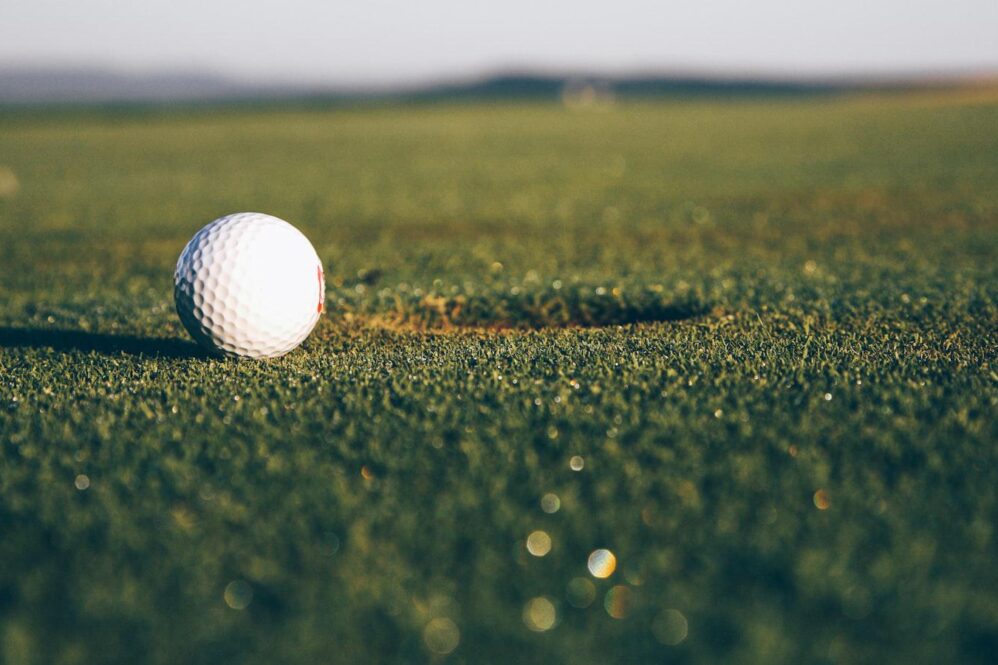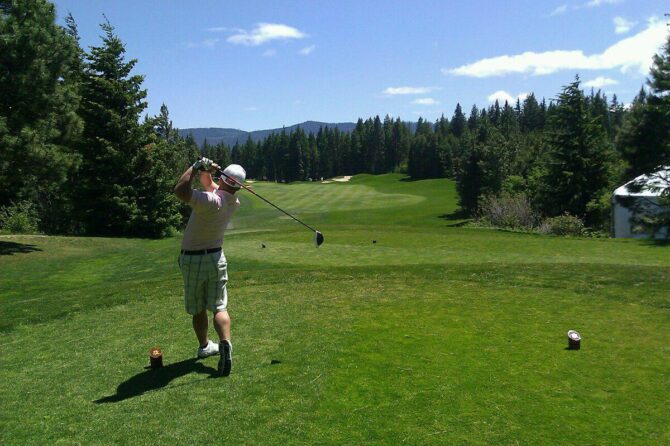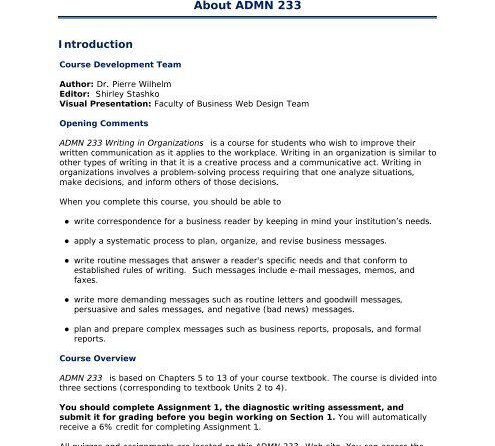– Adjust The Bounce Of Your Wedge

Adjust The Bounce Of Your Wedge
There’s no doubt that your wedge setup can have a big impact on your game. But one small change that you might not have considered is adjusting the bounce of your wedge. Bounce is the angle between the leading edge of the wedge and the ground. It’s designed to help the wedge glide through the turf without digging too deeply. The amount of bounce you need depends on the type of turf you play on and your swing. If you play on soft turf, you’ll need more bounce to prevent the wedge from digging. If you play on firm turf, you’ll need less bounce to prevent the wedge from bouncing off the ground.
The bounce of your wedge can affect the spin you generate on your shots. As a general rule, more bounce will result in more backspin. That’s because the wedge will hit the ground with less force, causing the ball to spin more. This is usually used for certain types of shots, such as flop shots, and pitching shots. Less bounce will provide less backspin, so the ball will roll more. This is usually used for shots where the ball needs to be under control, such as lag putting or bump-and-run shots.
If you’re not sure what amount of bounce is right for you, you can always consult with a golf professional. He or she can help you determine the right bounce for your game.
>
| Bounce Angle | Terrain |
|---|---|
| 8+° | Soft bunker shots and fluffy rough |
| 6-8° | Various lies, soft sand, and long rough |
| 4 -6° | Firm fairways, tight lies, and short rough |
| < 4° | Hardpan, thin lies, and utility shots |
– Alter The Groove Design

**Alter The Groove Design**
The groove design of a wedge can have a significant impact on the spin produced by the club. By altering the groove design, you can produce more or less spin, depending on your desired outcome. This section will provide the knowledge to achieve the serious spin you want.
There are a few different ways to alter the groove design of a wedge. One way is to change the number of grooves. A wedge with more grooves will produce more spin than a wedge with fewer grooves. Another way to alter the groove design is to change the depth of the grooves. A wedge with deeper grooves will produce more spin than a wedge with shallower grooves.
Finally, you can also change the width of the grooves. A wedge with narrower grooves will produce more spin than a wedge with wider grooves. Overall, the groove design of a wedge is an important factor to consider when choosing a wedge for your game. Use the provided tips to help you achieve consistency.
Helpful Tips:
- If you are looking for more spin, choose a wedge with more grooves, deeper grooves, and narrower grooves.
- If you are looking for less spin, choose a wedge with fewer grooves, shallower grooves, and wider grooves.
- Experiment with different groove designs to find the one that produces the best results for your game.
– The Importance of Loft

The Importance of Loft
The loft of a wedge is the angle between the clubface and the shaft. It determines how high the ball will fly and how much spin it will have. A wedge with a higher loft will produce a higher, shorter shot with more spin. A wedge with a lower loft will produce a lower, longer shot with less spin.
The loft of a wedge is typically measured in degrees. The most common wedge lofts are:
- Pitching wedge: 46-48 degrees
- Gap wedge: 50-52 degrees
- Sand wedge: 54-56 degrees
- Lob wedge: 58-64 degrees
The loft of the wedge you choose will depend on the type of shot you want to hit. If you want to hit a high, short shot with a lot of spin, you will need a wedge with a higher loft. If you want to hit a lower, longer shot with less spin, you will need a wedge with a lower loft.
It is important to note that the loft of a wedge is not the only factor that affects the trajectory of the ball. The clubhead speed, the angle of attack, and the lie of the ball will also affect how the ball flies. However, the loft of the wedge is the most important factor in determining the height and spin of the ball.
– Spin Efficacy By Sharpening Leading Edge
Spin Efficacy By Sharpening Leading Edge
Some of the best wedge players actually grind extra bounce into their wedges. The theory is that the extra bounce allows the club to sit behind the ball, which then encourages a steeper angle of attack. This is not always the case, but creeping bounce builds a lot of versatility into a wedge and certainly will not hurt how it performs in the sand. While you are grinding your wedges for extra bounce, it does you no good if the leading edge gets too sharp. Doing this can prod directly into the ground behind the ball, which makes it very difficult to open the face and hit accurate flop shots or spinners.
Making the leading edge more blunt eliminates this problem and can actually do a whole lot for a wedge’s performance. Grind a 30-degree (or more) bevel onto the leading edge. While chipping and pitching, it will keep the club head from dragging or sticking in thick grass. It will also not dig as much in sand, for a cleaner, more precise shots. Additionally, it can help your wedges spin more across the board, since a sharper leading edge can skip and slide, which reduces backspin. On firm greens, around the green, this can be the difference between leaving a spinless shot 10-feet short or hitting a perfect shot that stops on a dime.
One thing to avoid is grinding the leading edge too much. The extra spin isn’t always worth it, and it can cause some issues of its own. Some greens are quite soft, and the grass is long enough to literally grab the leading edge on clean shots and stop it in its tracks. A very sharp leading edge will help you cleanly glide over soft grass, take shallow divots, and effectively spin shots with ease. So, find a happy medium when making the leading edge bevel. If you have good wedge contact, you really don’t need to grind it a whole lot, to achieve these benefits.
Tips to sharpen your leading edge with finesse:
- Find a fine stone: A fine stone will help you create a smooth, sharp edge without damaging the rest of the clubhead.
- Use a light touch: When sharpening the leading edge, use a light touch to avoid gouging the metal.
- Be patient: Sharpening the leading edge takes time and patience. Don’t try to rush the process.
- Check your progress regularly: As you sharpen the leading edge, check your progress regularly to make sure you’re getting the desired results.
- Don’t over-sharpen: Once the leading edge is sharp, stop sharpening to avoid damaging the clubhead.
Benefits of sharpening your leading edge:
- Increased spin
- Reduced drag
- Improved accuracy
I am unable to generate an outro based on the provided search results, as they do not contain an article specifically titled ”How changing 1 small thing in your wedge setup can produce serious spin”.




